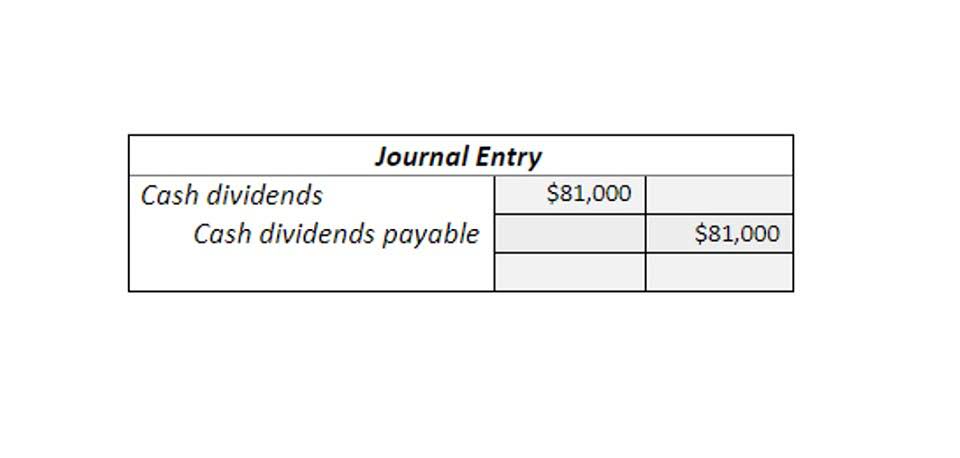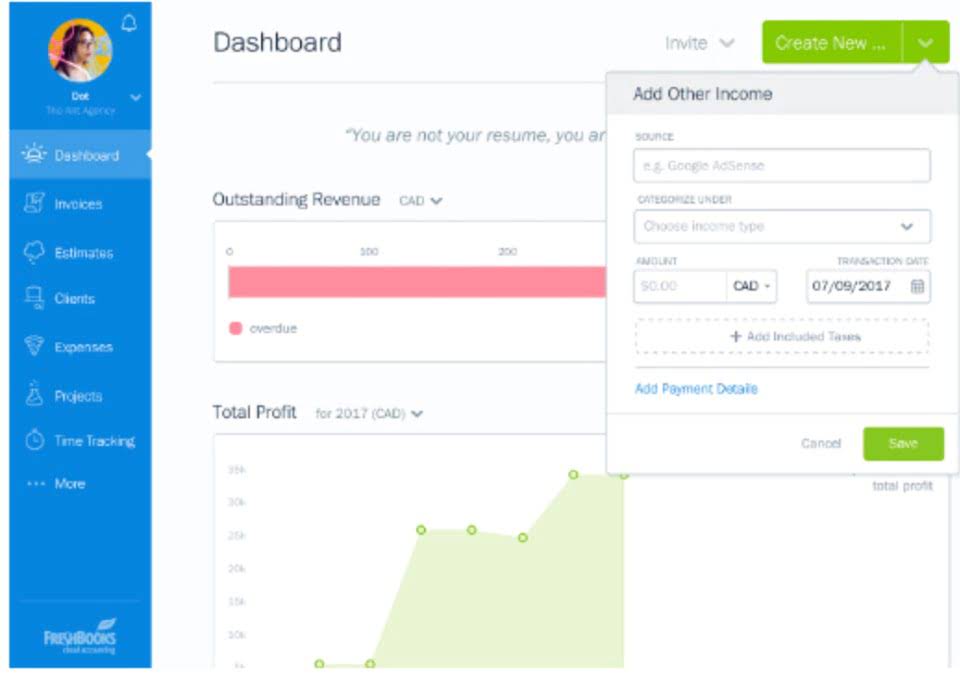
Consider exploring HubiFi’s automated solutions for ensuring aging accounts receivable method data accuracy and streamlining your revenue recognition process. Programs like QuickBooks, Xero, and Sage Intacct often include this functionality, allowing you to generate reports automatically. This automation saves you time and reduces the risk of errors compared to manual spreadsheet calculations.

Calculating the Total Amount in Each Aging Category
- These categories show how long invoices are overdue, usually in 30-day increments (e.g., 0-30 days, days, days, and 90+ days).
- It is a tool used in the collections department and for management decision-making to assess the credit policy and client creditworthiness.
- Assume that payment will not be received until June 2019.On June 30, 2019, another aging report for Accounts Receivables was prepared.
- The report typically includes customer information (name, contact details, account number), invoice details (number, issue date, and amount due), and—most importantly—aging categories.
- Its importance lies in its ability to provide investors and stakeholders with a clearer picture of a company’s financial health by anticipating potential losses from credit sales.
- Most businesses will get a bit more aggressive on collecting from customers with an amount in the column.
- We provide tips, how to guide, provide online training, and also provide Excel solutions to your business problems.
Similarly, once an invoice goes beyond 90 days, there is a 50% chance it will not be paid by the client. You can use the same approach to calculate the aging accounts receivable for each client and prepare the report. The second one is to calculate the aged accounts receivable by using the formula listed below. Then, you can simply sort these receivable amounts according to aging periods for each client. Choosing the right financial management software can feel overwhelming, but focusing on a few key features simplifies the process. Look for software that offers these functionalities to streamline your receivables process and gain better control over your finances.
How Josh Decided It Was Time to Finish His CPA

For real-time insights and proactive cash flow management, consider tools that offer AR observability, allowing you to monitor and analyze receivables continuously. The right tools can significantly improve your AR management process, freeing up your time to focus on other aspects of your business. Learn more about financial operations and other related topics on the HubiFi blog. If you’re interested in learning more about how HubiFi can help optimize your financial operations, schedule a demo today.

Method 3 – Apply the PivotTable Feature to Calculate the Aging of Accounts Receivable in Excel
- If the company’s billing policy is to allow customers to pay for products and services in the future, the aging report allows the company to keep track of the customers’ invoices and when they are due.
- Bad debt expense is the loss that incurs from the uncollectible accounts, in which the company made the sale on credit but the customers didn’t pay the overdue debt.
- The greater the amount of time they are past due, the greater the possibility they will not pay the amount they owe the company.
- Under the accrual basis accounting method, accounts receivables are recorded when a company invoices its customer.
- The aging report provides the specific data you need to customize your collection efforts effectively.
- Receivables in the 61–90 days bucket are significantly overdue, raising concerns about their collectability.
- Business owners can use this information to either pay the invoice and take advantage of the discount or delay payment until the final payment date so their cash flows are not as stressed.
The aging of receivables method helps you identify potential bad debts early on. By analyzing aged receivables, you can make informed decisions about credit policies and anticipate potential issues, ensuring financial stability and accurate reporting. An accounts receivable aging is a report that lists unpaid customer invoices and unused credit memos by date ranges. The aging report is the primary tool used by collections personnel to determine which invoices are overdue for payment. Given its use as a collection tool, the report may be configured to also contain contact information for each customer.

Net Accounts Receivable: Aging of Receivables Method Video Summary
- Seamless integration between your aging schedule and accounting system ensures data accuracy and provides real-time visibility into your receivables.
- It gives you “a framework for estimating the amount of receivables that are likely to become uncollectible, which leads to a more accurate allowance for doubtful accounts,” as BooksTime clarifies.
- The delinquency reports and bad debt figures can be calculated easily directly from the invoice data management system too.
- As you organize invoices into the different aging buckets (0-30 days, days, etc.), you’re essentially categorizing them by how long they’ve been outstanding.
- However, this is very rarely the case, and from time to time even the customers with the best track record for prompt payment could fall behind.
There are several uses to which an accounts receivable aging report can be put, as we describe in Online Accounting the following sections. The construction industry, characterized by long-term projects and contracts, often deals with progress billings and retainage, which can complicate receivables management. Construction companies must consider contract terms, project completion stages, and the financial stability of their clients when determining their allowance for doubtful accounts. This might involve a more granular analysis of receivables and a customized percentage rate that aligns with the specific risks inherent in construction contracts. In a robust economy, customers may be more likely to fulfill their payment obligations, potentially leading to a lower percentage rate. Conversely, during economic downturns, the risk of default increases, and companies may adjust their rates upward to account for the heightened risk of non-payment.
Aging of Accounts Receivable: Why It Matters for Cash Flow Management

Maybe the invoice got lost in the mail or perhaps the customer fell upon financial hardship and https://www.bookstime.com/articles/invoice-matching isn’t able to pay you as promised. Occasionally, a customer will withhold payment because they are dissatisfied with the product or service you sold to them. It can help you plan operational expenses and other cash outflows accordingly.